Canada has long shared cultural, economic, and political ties with the United States, but relying on this relationship is no longer a prerequisite for national success. With a robust economy, a skilled workforce, abundant natural resources, and global diplomacy rooted in cooperation, Canada is proving that it can chart its course. Here are 19 reasons highlighting why Canada doesn’t need the U.S.
Independent Trade Agreements Worldwide

The Comprehensive Economic and Trade Agreement (CETA) with the EU and the Comprehensive and Progressive Agreement for Trans-Pacific Partnership (CPTPP) have opened major markets for Canadian goods and services. These partnerships allow Canadian exporters to operate in over 50 countries, representing nearly two-thirds of the global economy. By reducing reliance on one dominant partner, Canada shields itself from U.S. trade volatility and political unpredictability.
Global Recognition in Peacekeeping and Diplomacy
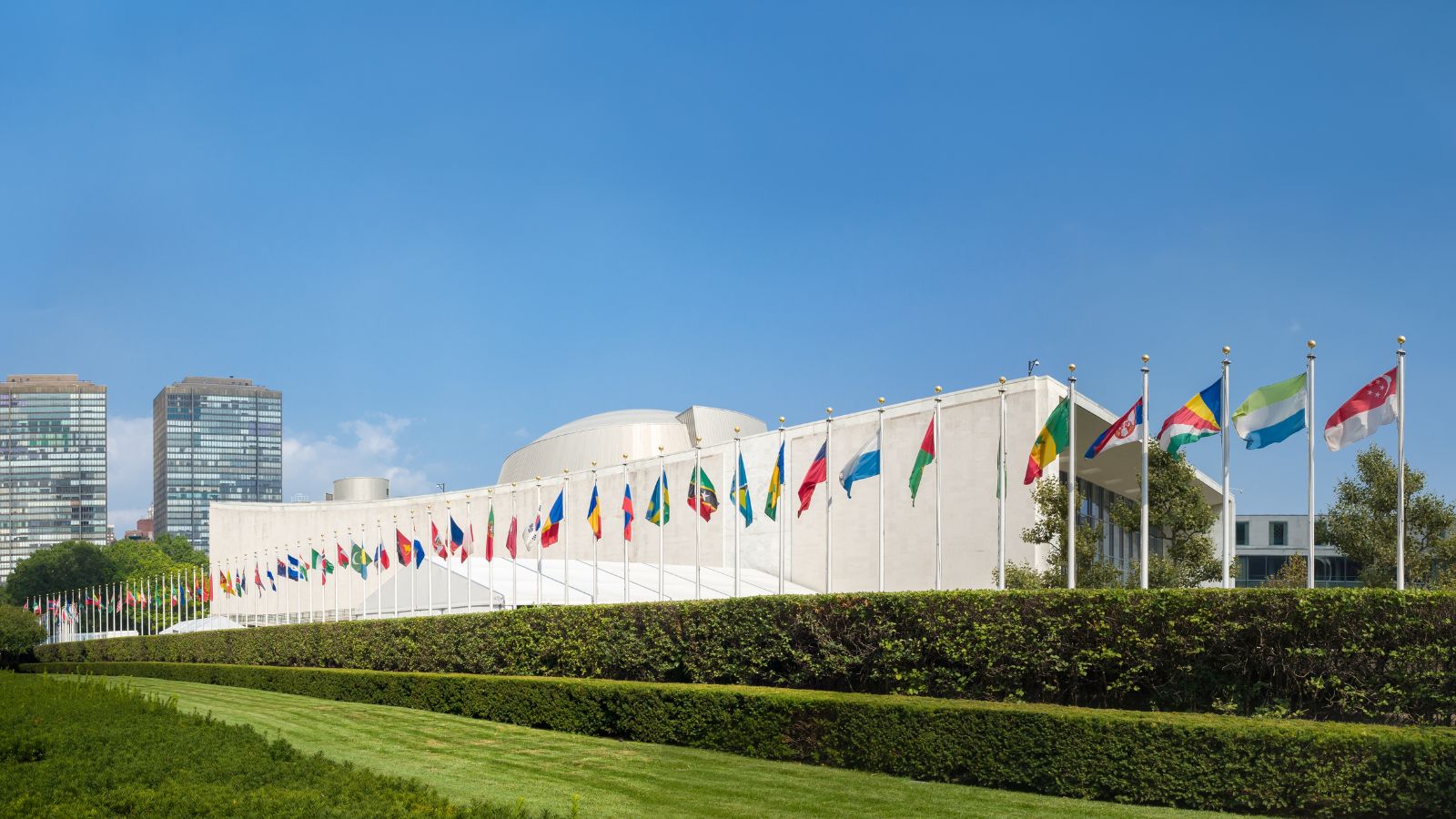
Canada has built a reputation as a credible and neutral mediator on the world stage, independent of American foreign policy. With a long history of UN peacekeeping contributions and leadership in human rights forums, Canada’s diplomatic weight carries global respect. Initiatives like hosting the Ottawa Treaty to ban landmines and championing feminist foreign policy set it apart. These roles reinforce its identity as a principled global actor. Canada’s approach emphasizes consensus and conflict resolution, allowing it to engage with countries where U.S. involvement might be controversial or unwelcome.
Stable and Resilient Financial Institutions

The financial system of Canada has consistently ranked among the world’s most stable. During the 2008 financial crisis, Canadian banks weathered the turmoil far better than their American counterparts, thanks to prudent lending practices and robust regulation. Institutions like the Bank of Canada maintain monetary stability with an independent mandate. This financial resilience makes Canada less dependent on the U.S. Federal Reserve and Wall Street fluctuations. Foreign investors often regard Canada as a low-risk destination due to its dependability.
Energy Independence and Resource Control

Canada possesses one of the world’s most diverse and extensive reserves of natural resources. It is a top global producer of crude oil, natural gas, uranium, potash, and rare earth minerals. Beyond extraction, Canadian firms lead in sustainable resource management and green tech. And, unlike the U.S., which imports key energy resources, Canada can sustain itself and export energy on its terms. Projects like liquefied natural gas (LNG) terminals on the Pacific Coast are geared toward Asian markets, minimizing reliance on American pipelines or ports.
World-Class Public Healthcare System
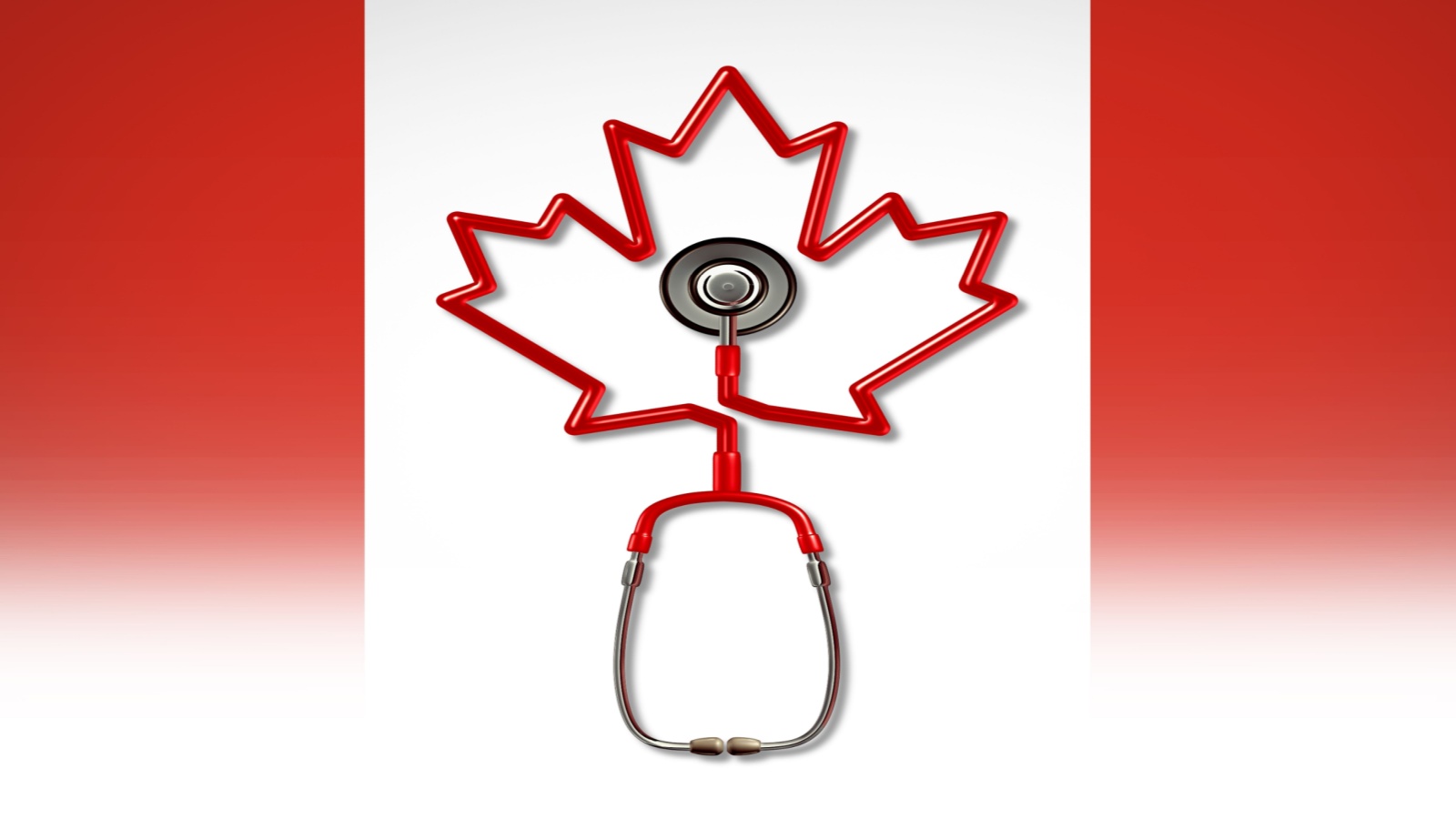
Canada’s universal healthcare model is not only a point of national pride, but also a symbol of its ability to function without U.S.-style privatization. The publicly funded system, managed by provinces, ensures access regardless of income and remains a strong social equalizer. Canadian life expectancy and health outcomes consistently rank higher than in the U.S., despite spending far less per capita. And, by insulating healthcare from the inefficiencies of American insurance giants, Canada offers a model that prioritizes access over profit.
Tech Ecosystem with Global Reach

The country’s technology sector is growing rapidly, with hubs like Toronto, Vancouver, Montreal, and Waterloo producing cutting-edge innovations. Canadian startups have attracted global venture capital and talent, and government programs like the Innovation Superclusters Initiative foster regional growth. AI research led by the Vector Institute and Mila has earned global acclaim. And, while some companies may expand to the U.S., the foundational R&D and talent base remain proudly Canadian. The sector thrives thanks to progressive immigration policies, quality education, and digital infrastructure.
Independent Immigration Policy
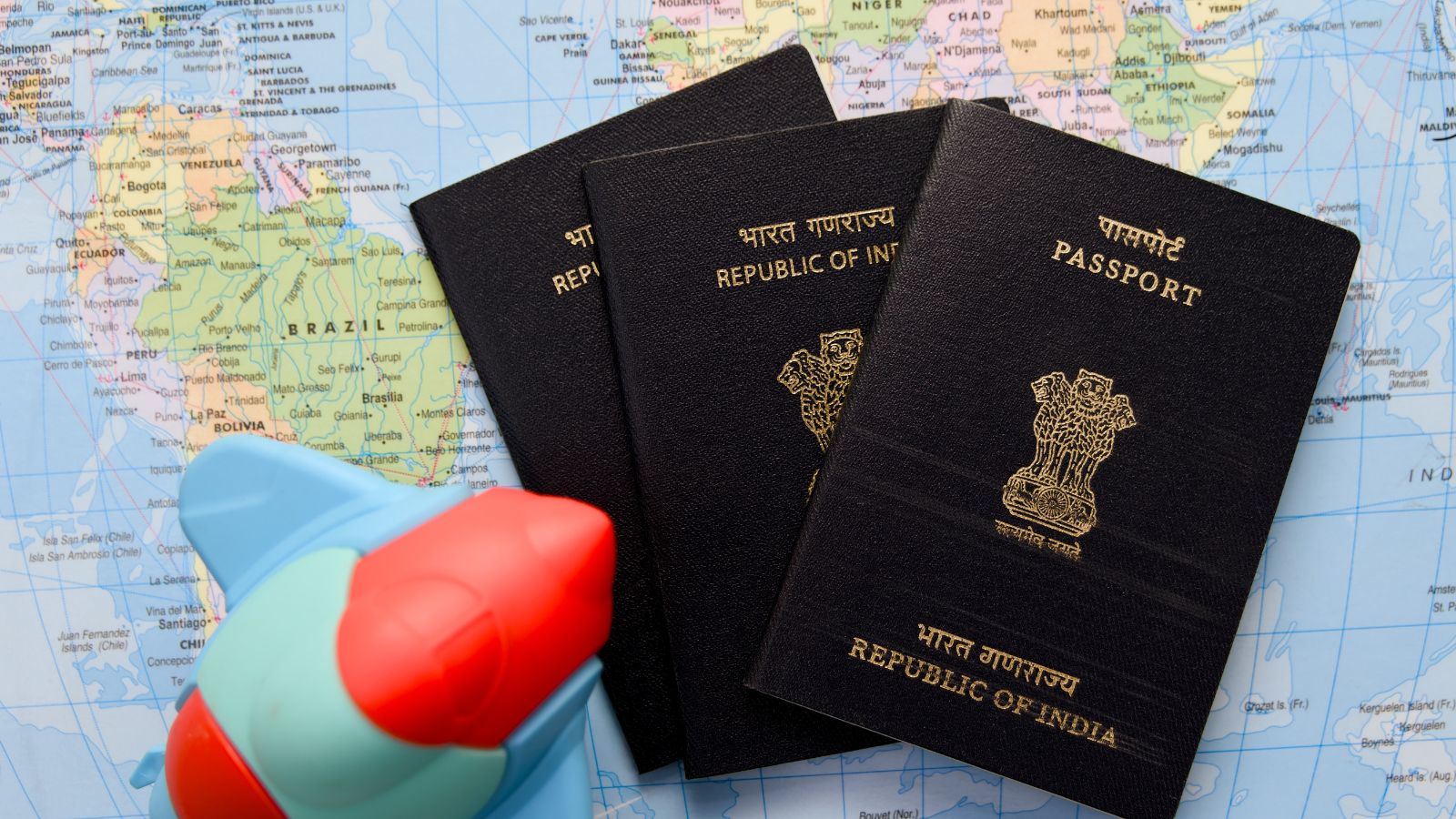
The immigration system in Canada is designed around national priorities, not political posturing. Its points-based system prioritizes skills, education, and adaptability, allowing it to attract top global talent. While the U.S. system has faced backlogs and political gridlock, Canada’s approach is structured, consistent, and forward-looking. It includes refugee resettlement, family reunification, and labor-market integration strategies that other nations emulate. Also, the country’s increasing population growth from immigration supports economic expansion and cultural vitality.
Leadership in Clean Tech and Green Energy
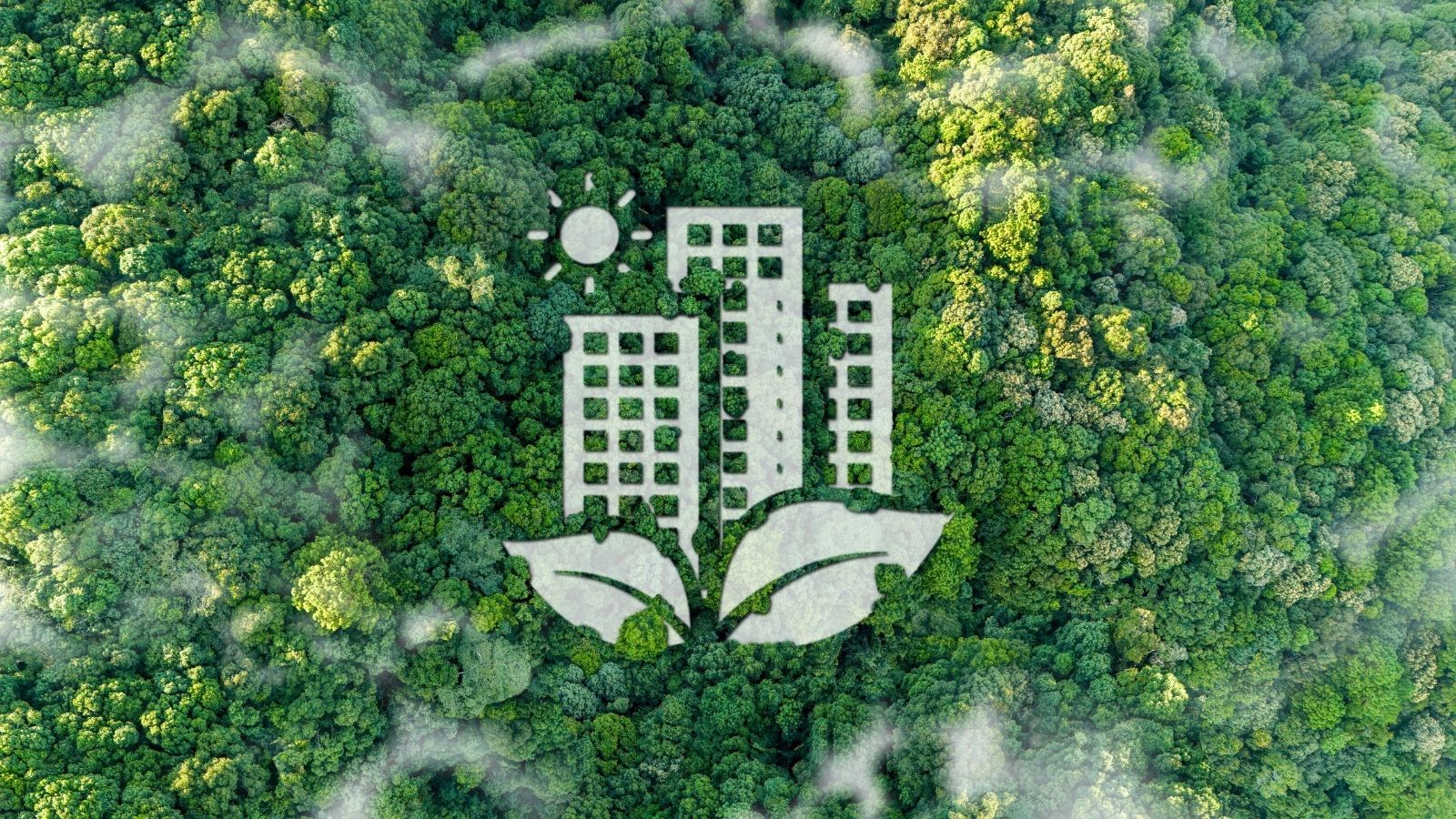
Provinces like British Columbia have carbon pricing models, and Alberta has made strides in renewable hydrogen. Canadian companies are also developing next-generation battery tech, carbon capture systems, and sustainable forestry practices. Plus, the country’s abundant hydroelectric power also offers a renewable backbone. And, while the U.S. often oscillates in its environmental commitments, Canada’s climate policies remain relatively steady. Safe to say, this commitment has attracted green investors and solidified Canada’s role in the global clean energy transition, not as a follower, but as an innovator.
Cultural Exports with International Influence

Canada’s entertainment industry, from music to film and literature, has achieved global recognition without depending on U.S. validation. Artists like Drake, The Weeknd, and Margaret Atwood have earned worldwide acclaim. Shows like Schitt’s Creek and films funded by Telefilm Canada have won international awards. National funding bodies and training institutions back these cultural achievements. While the U.S. market is massive, Canadian creators often maintain their identity and autonomy.
Food Security Through Domestic Agriculture

Canada’s agricultural capacity supports food sovereignty, reducing dependency on U.S. imports. The Prairie provinces produce massive quantities of wheat, barley, and canola, while British Columbia and Ontario contribute fruits, vegetables, and dairy. Canada also has rigorous food inspection systems and supply chain resilience built into its agricultural planning. And, despite climate challenges, the country’s farmers are adopting precision agriculture and sustainable practices to increase yields. Plus, by exporting to Europe and Asia, Canada further diversifies its market access.
Education System Among the World’s Best

Canada’s education system consistently ranks among the top globally in literacy, math, and science. With strong public investment and high standards across provinces, Canada nurtures a workforce ready for the global knowledge economy. Universities like the University of Toronto, McGill, and UBC attract international students and conduct influential research. Also, the affordability and accessibility of Canadian education make it a model in contrast to the debt-heavy American system. This educational foundation builds domestic talent while attracting global minds.
Water Abundance and Environmental Stewardship

Canada is home to about 20% of the world’s freshwater supply. This strategic asset is managed with environmental oversight and Indigenous stewardship in many regions. While other nations face water scarcity, Canada’s access to clean water supports agriculture, industry, and public health. It also bolsters geopolitical leverage in a resource-scarce future. Efforts to protect watersheds, regulate pollution, and adapt to climate change reflect the country’s long-term environmental planning.
Global Leadership in Human Rights and Inclusion

Canada’s approach to multiculturalism, LGBTQ+ rights, and gender equality has positioned it as a beacon of social progress. These policies are homegrown, not inherited from U.S. models. Legal frameworks like the Canadian Charter of Rights and Freedoms support a pluralistic society that promotes dignity and inclusion. Initiatives like the Truth and Reconciliation Commission highlight efforts to address historical injustices. Canada’s social policies also often influence global norms and set benchmarks.
Respected Legal and Judicial Systems

Canada’s legal system functions independently of U.S. law and is recognized for its fairness and transparency. With a mix of common law and civil law traditions, it provides robust protections for individual rights and commercial clarity. The Supreme Court of Canada has a high degree of public trust and maintains institutional independence. Legal reforms often prioritize evidence-based policy over political ideology. This judicial reliability also boosts investor confidence and ensures the rule of law domestically, making Canada a destination for international arbitration and dispute resolution.
Arctic Sovereignty and Strategic Geography
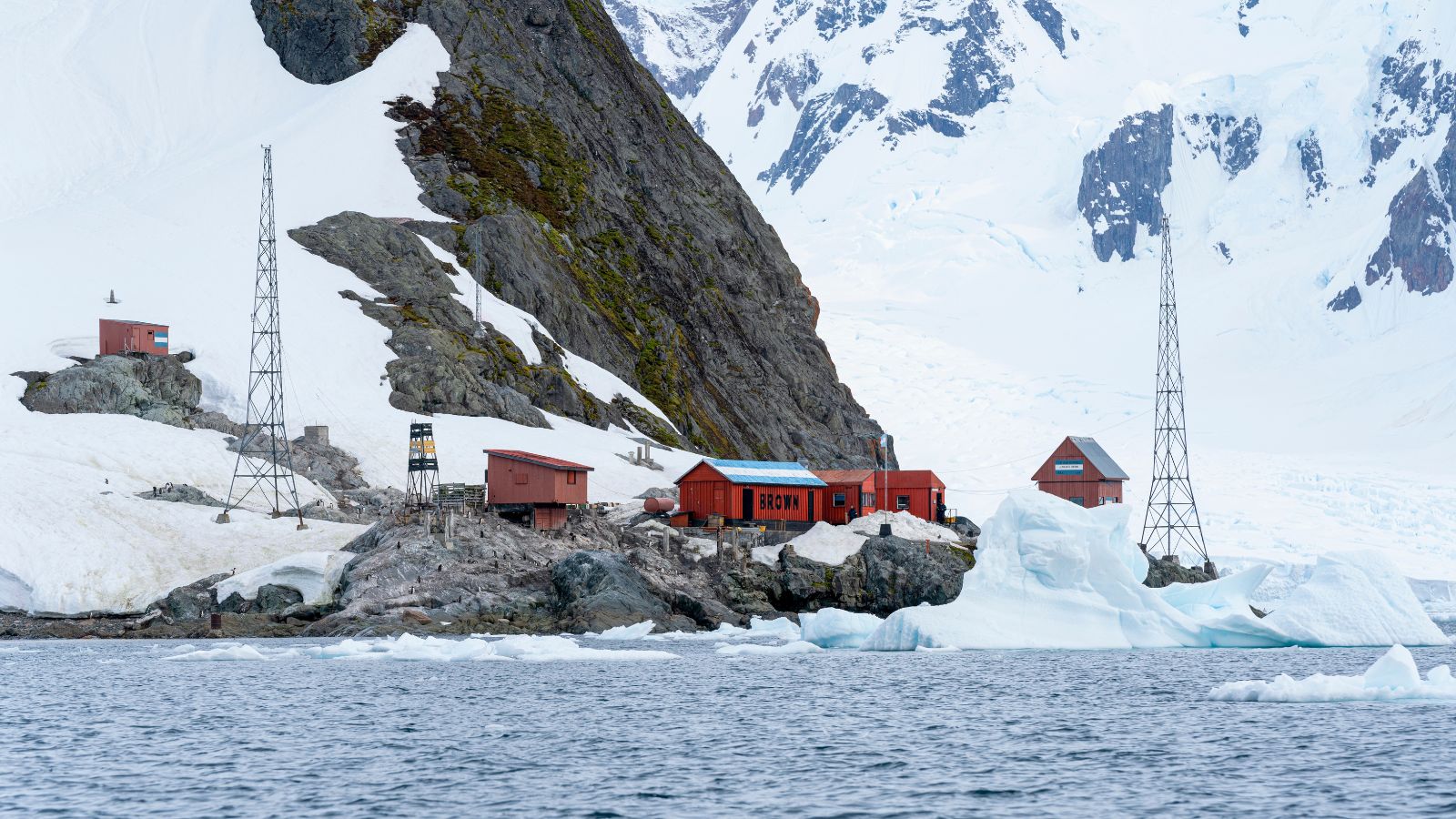
The country’s control of Arctic territory grants it geopolitical relevance, especially as melting ice opens new shipping routes. The Northwest Passage could become a major global trade corridor. Canada has invested in military, scientific, and environmental monitoring capabilities in its northern regions. Sovereignty claims over these territories are supported by international law, not reliant on U.S. military backing. And, as Arctic politics grow more contentious, Canada’s preparation positions it as a leading voice in northern affairs.
Balanced Fiscal Policy and Debt Management

Canada maintains a reputation for prudent fiscal management. Its federal debt-to-GDP ratio remains lower than that of many peer nations, including the U.S. Successive governments have prioritized responsible spending, and federal budgets often balance social investments with economic discipline. Credit rating agencies continue to rank Canada highly due to these policies. And, while stimulus was necessary during COVID-19, recovery plans focused on long-term sustainability.
Strategic Investment in Infrastructure

Canada has ramped up investment in infrastructure to support growth, connectivity, and innovation. Projects span public transit, broadband expansion, green energy grids, and northern accessibility. Programs like the Canada Infrastructure Bank aim to fund projects that align with national priorities. These efforts promote domestic mobility, economic development, and regional equity. Also, by controlling its infrastructure agenda, Canada avoids dependency on foreign funding or cross-border approvals.
Strong Consumer Protections and Regulatory Systems
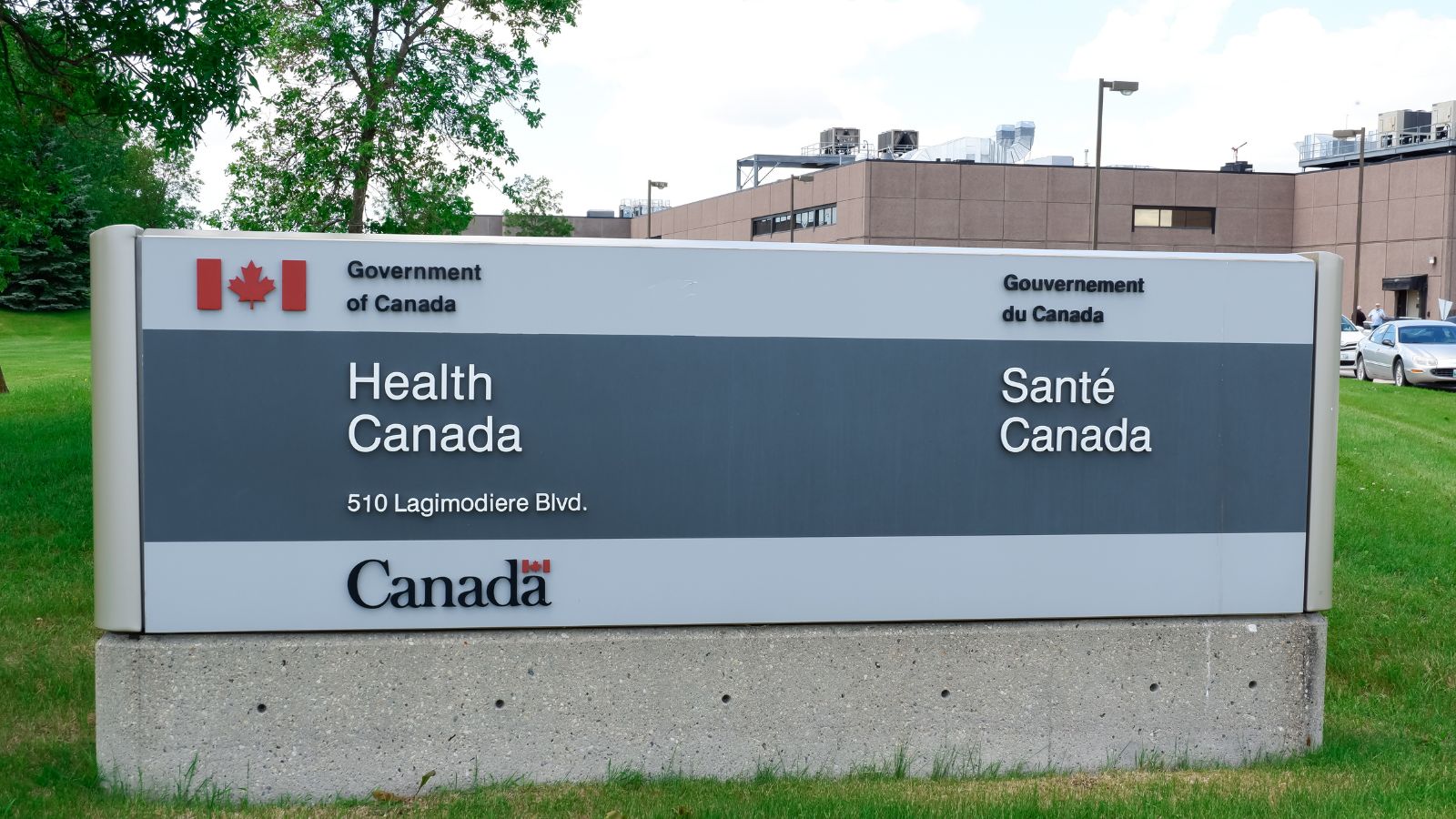
Canada’s regulatory environment provides a high level of consumer safety and business accountability. Agencies like Health Canada, the Canadian Radio-television and Telecommunications Commission (CRTC), and the Competition Bureau enforce standards that prioritize the public interest. These frameworks operate independently and often take a more precautionary approach than their U.S. counterparts. Whether it’s pharmaceutical approvals or antitrust enforcement, Canada sets its benchmarks.
Vibrant Indigenous Governance and Revitalization

Indigenous nations across Canada are asserting sovereignty and revitalizing language, culture, and governance structures. Agreements like the Nisga’a Treaty and the self-government framework in the Yukon show Indigenous leadership shaping public policy. These developments operate alongside and sometimes outside federal frameworks. Canada’s evolving relationship with First Nations, Inuit, and Métis governments represents a uniquely Canadian approach to nation-building. Rather than emulating the U.S. experience, Canada is charting its path toward reconciliation and shared governance.
21 Products Canadians Should Stockpile Before Tariffs Hit

If trade tensions escalate between Canada and the U.S., everyday essentials can suddenly disappear or skyrocket in price. Products like pantry basics and tech must-haves that depend on are deeply tied to cross-border supply chains and are likely to face various kinds of disruptions
21 Products Canadians Should Stockpile Before Tariffs Hit
